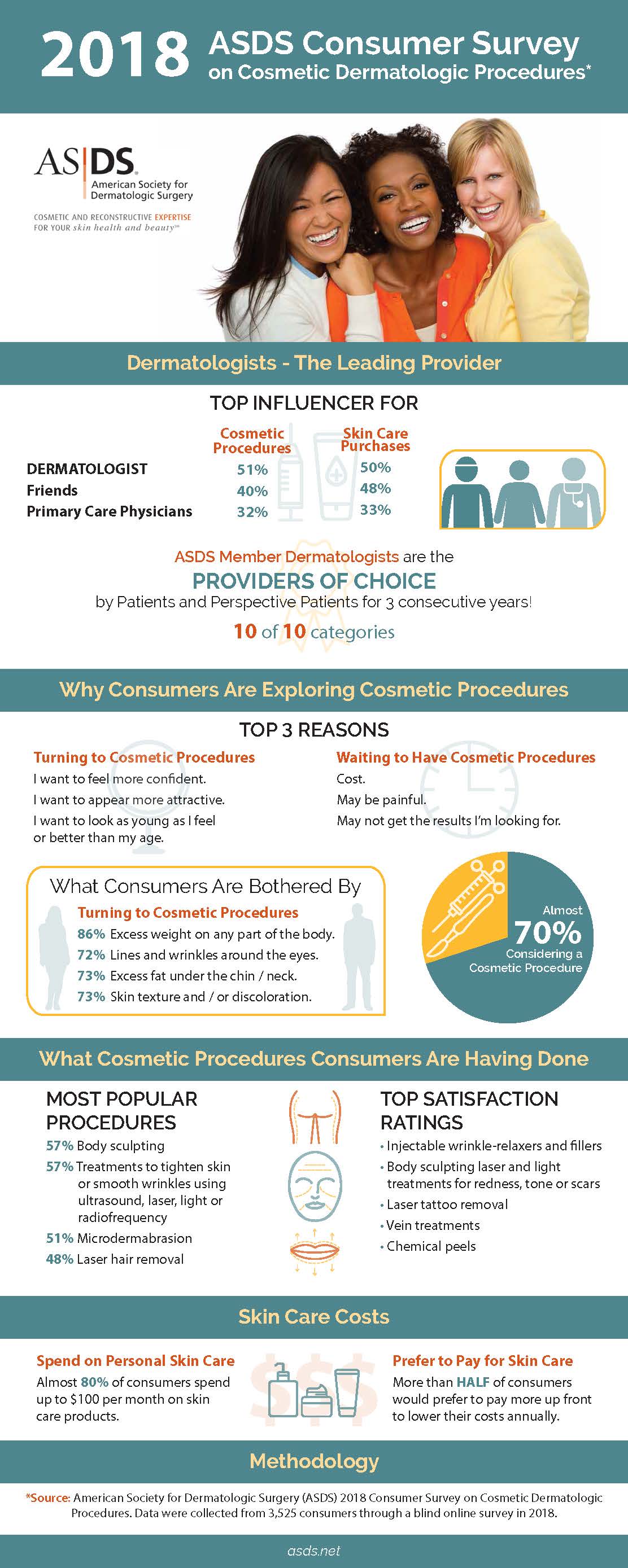Acne breakouts in the cheek location are activated by numerous points, from touching your face often to not changing your pillow case commonly enough. Picking at imperfections enhances your risk of infection and scarring, and particular medications can worsen dark places (postinflammatory hyperpigmentation).
Luckily, there are lots of means to stop and deal with cheek acne. These consist of:
1. Hormone Modifications
Acne is mainly triggered by hormonal agents, particularly those created during adolescence and pregnancy. For some, a family history of acne may also contribute to their condition. Anything that clogs pores, such as oil-based skin treatment items or ceraceous hair items, can activate acne. Different topical treatments, like benzoyl peroxide and salicylic acid, can combat germs and unblock pores. Those with severe or chronic acne needs to look for therapy from their physician.
Prevent touching or squeezing your acne, as this can push some of the bacteria deeper right into the skin, bring about an extra serious breakout. It is also important to change pillow cases consistently and make use of tidy makeup brushes. You ought to also attempt to stay clear of toxic irritants such as friction from wearing a helmet or limited collar.
2. Diet regimen
The oily, sugary foods that many people assume trigger acne might really not do so. In fact, researches have actually shown that eating a diet regimen abundant in whole, nutrient-dense foods helps to stop outbreaks.
Foods high in the glycemic index (such as white bread, corn flakes, puffed rice and potatoes, doughnuts and other breads) increase blood glucose levels promptly, and this can boost hormones that boost oil manufacturing and cause acne.
Drinking cow's milk has actually additionally been linked to increased acne outbreaks. If you are a routine cow's milk drinker, you could wish to try changing to low-fat or nondairy options that are fortified with calcium. In addition, consuming alcohol more water can help to lower acne since it helps to maintain the skin hydrated.
3. Excess Oil
While oil is necessary for healthy skin, it can come to be an issue when too much sebum blends with dead skin cells and obstructs pores. This combination can develop blackheads, whiteheads and pimples. The blocked pore wall can break down and spill germs, dead skin cells and sebum into bordering skin. This leads to a red bump known as an acne. In some cases these red bumps have pus in the center from a microbial infection. Larger contaminated bumps that appear like acne are called cysts.
There are many points that can cause excess sebum and clogged up pores, including hormone changes, diet and day-to-day practices. Some instances consist of touching the face frequently, relaxing your hand on your cheek, using unclean makeup brushes and not transforming pillowcases regularly.
4. Anxiety
If you're handling pain pimples or a variety of blackheads and whiteheads, it may be time to talk with a skin specialist. They can recommend an efficient treatment that fits your skin type. Exercising relaxation and stress-reduction methods also aids.
Acne can occur in the cheeks as a result of friction and stress, such as when a person touches their face often or wears a hat or sporting activities helmet that rubs versus the skin. It can also show up where greasy cosmetics and creams rub against the skin.
Stay clear of squeezing acne, as this can press infected product daxxify vs botox deeper right into the skin and result in scarring. Rather, see a physician to learn about preventative treatments like drug, skin care items and way of living modifications. Consuming a healthy diet plan of entire foods, getting 7 to nine hours of sleep and making use of noncomedogenic makeup and skin care items can all help reduce acne outbreaks.
5. Hair Products
Hair products are not usually thought of as a root cause of breakouts, however they can add to acne on the cheeks in some people. Pomade acne, which is defined by tiny closed comedones and papulopustules, is frequently caused by using oily hair items which contain comedogenic ingredients such as particular oils and acetylated lanolin.
Choosing hair products that do not contain these potentially comedogenic active ingredients is an important action towards minimizing breakouts. Additionally, ensuring that hair products aren't can be found in contact with the skin can help avoid outbreaks. As an example, wearing a scarf or hood during the night can limit hair-to-face get in touch with and minimize the likelihood that leave-in hair products will abrade onto the face.
Along with using a non-comedogenic moisturizer and cleaning with an acne face clean, other useful methods consist of:
